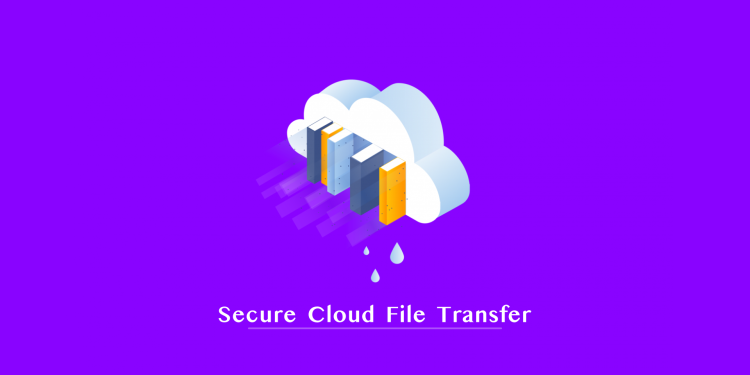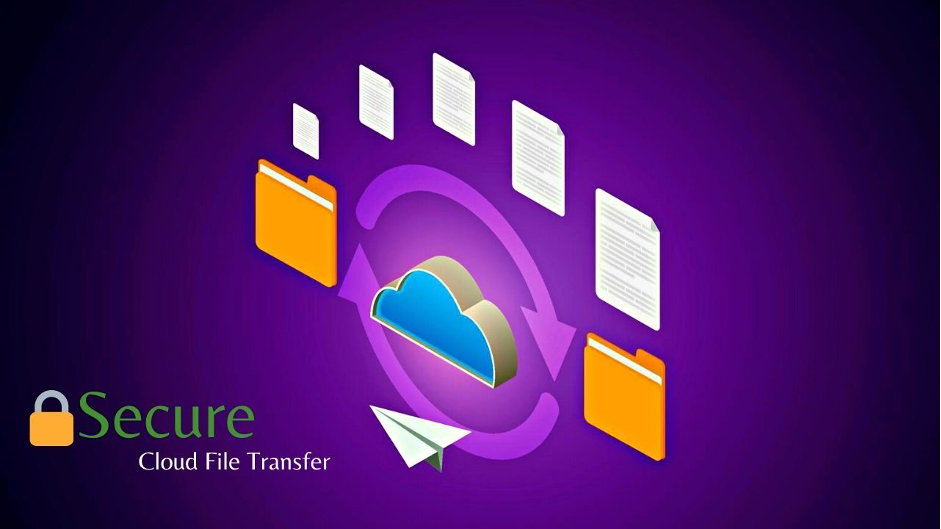Wondering what all the fuss is about regarding secure file transfers for your business? Let us review how to make it securer.
Making sure your files are protected is one of your foremost duties in accordance with data security compliance laws in your country. You must take all reasonable and adequate measures to protect your firm from data breaches and part of this is securing files while they are in transmission. While files are out in the cloud, they are vulnerable. Your job is to decrease this vulnerability to protect your firm’s reputation and avoid cybercrime.
For this purpose, we have detailed all the ways you can protect files in transmission below. Use this guide to bring yourself some clarity
Tips for Securing your Cloud File Transfers
You can follow these top tips on how to secure your cloud files during transit. If you need further advice, visit https://www.goanywhere.com/solutions/cloud-file-transfer to learn more about cloud file transfer.
1 – Keep it Private
Multiple people can access the public cloud computing infrastructure all over the world. A good hacker can access anything they need to that is stored there. You should avoid using public cloud computing resources for any secure file storage, retrieval, or transfer. IF you are doing any sensitive business activity at all, you have to avoid those public servers. Keep it private and put it behind both a firewall and an antivirus program.
2 – Have Intricate Passwords in Place
The more intricate the password, the less likely it is to be broken. We can password protect our files to make it harder for anyone trying to read them during cloud file transfer to do so. Adding password protection is like adding a padlock to a suitcase. Yes, you could still break into it if you spent the time and effort on it, but why would you bother when the next business or individual or suitcase in line is easier to get into?
3 – Ensure Encryption
A cloud service that uses encryption will automatically encode any files sent through it. This means the files you send are automatically jumbled into an indecipherable code. The code can only be broken by a computer which has the correct code. The correct key code is sent only to the recipient machine. This ensures that only those with both the file and the key to open it can read what is inside the file. Encryption is an excellent way to ensure protection of files transferred through the cloud.
4 – Multi Level Authentication
We all get annoyed when we are trying to log into our email accounts, and we are asked to authenticate who we are using a phone number or some other means of contact. Yes, it is frustrating and yes, it is necessary. When sending sensitive accounting files or consumer records, multi-step authentication means you can double check that the person who is supposed to receive it has it. They can only open it by way of a code or password on another device. This secures cloud file transfers even if it can be frustrating. Better to be annoyed than to risk a data breach.















